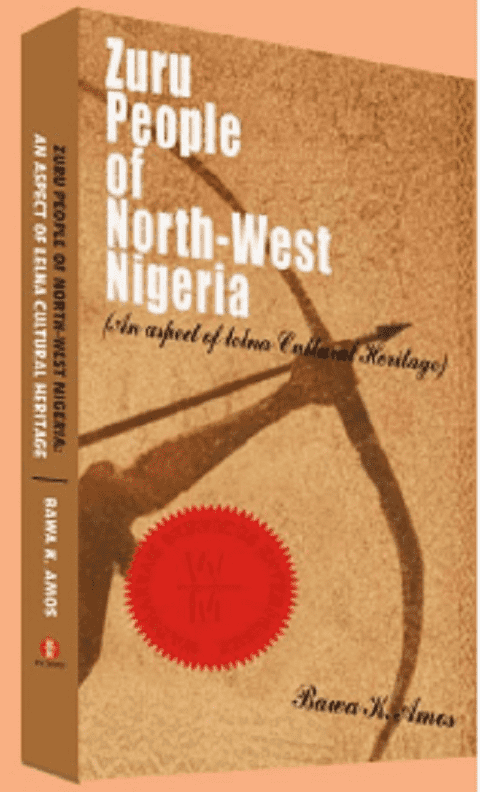Bawa Amos’ expose of Lelna culture among Zuru people

Nigerian author, Prince Bawa K. Amos presents a compendium of the socio-cultural practices of the indigenous people of Zuru land in his book, “Zuru People of North-West Nigeria (Kebbi State): An Aspect of Lelna Cultural Heritage”.
The book is a revelatory mine of information about the rich culture of an ethnic nationality whose traditional values, like those of many other ancient societies, are gradually being eroded in the aftermath of colonization.
Published in 2019 by Wadmaryamu Services Enterprises, the book contains 344 pages of lucid prose, crammed into18 chapters and subsumed in five broad parts, revolving around the socio-cultural milieus of Lelna.https://tpc.googlesyndication.com/safeframe/1-0-37/html/container.html
The story, presented in the first-person point of view, typical of autobiographies, focuses on group identity. It portrays the people in their traditional setting as a warrior tribe whose mainstay occupation is farming and hunting with blacksmithing as a prestige trade.
The author takes the reader on an explorative journey as he unveils select aspects of Lelna culture, infusing his personal experiences into the collective experience of his ethnic group.
The book encapsulates non-fictionalized, but captivating accounts of the development of man in A’lela and copious lessons on the C’lela language. Enriched with folklores that celebrate commendable deeds, but denounce deviant behaviours and punish offenders, the seminal masterpiece makes an interesting read.
Each Part features subtitled chapters anchored on diverse subject matters. In Part One, the author introduces the reader to the history and language of the Lelna people. He explains why the people are called Zuru or Dakarkari instead of Lelna.https://tpc.googlesyndication.com/safeframe/1-0-37/html/container.html
The topics in this part which revolve around childbirth include: A Pregnant Woman, Signs of Labour, Announcing a Delivery, Observing a Woman after Delivery and Child Dedication. Part Two encompasses topics such as Growth Period of Lelna Boys and Girls, Lelna Religious Cult (M’gila), and Traditional Court Process. Marriage related themes embedded in socio-cultural and economic activities are portrayed in Part Three under the subtitles: Loaning a Wife, Bridal Wealth, U’hola Festival, Economic Benefits of Shea Butter Oil, Tribal Marks and Chiselling of Teeth.https://026c59b9eb41345bfd430b5ceda88ef6.safeframe.googlesyndication.com/safeframe/1-0-37/html/container.html
Part Four “When Someone Dies” echoes the people’s belief about death: “When somebody dies, custom demands that there be an inquest to ascertain what killed the man or woman. The inquest happens via consultation with an oracle. The chief priest (Gomva d’sako) helps take care of that.”